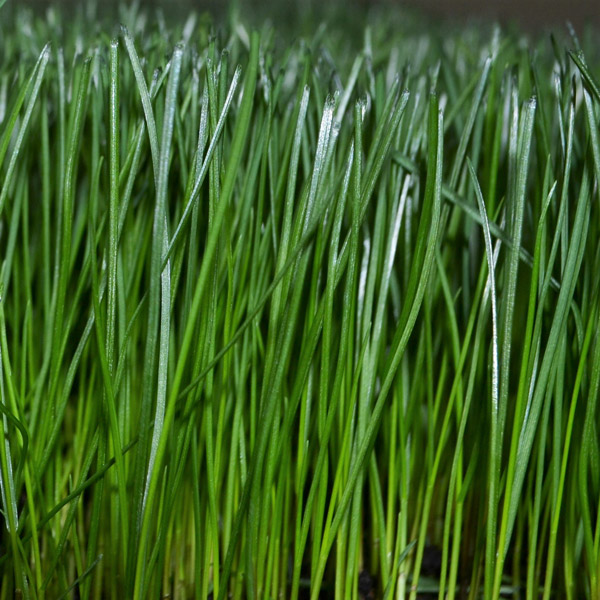
Fescue lawn grasses are great in many lawn areas, providing drought and heat tolerance.
Fescue lawn grasses prove their worth every year, developing into a robust lawn grass variety by their ability to tolerate drought and heat. Fescues are cool-season grasses that came from Europe. While Northern states have tall fescue lawns in shady areas, it is increasingly popular to see fescues planted as far south as the Carolinas, due to its drought and heat resistance.
What are Fescue Grasses?
There are over 300 different fescue varieties. These varieties have different uses, including forage grass as well as lawn grass. Fescue lawn grasses varieties include:
- Chewings fescue
- Creeping red fescue
- Hard fescue
- Red fescue
- Turf-type tall fescue
Chewings, creeping red, and hard fescues have fine leaves and are classified as fine fescues. Conversely, turf-type tall fescue has wider leaves and is found in many lawn grass seed blends because of its versatility.
Benefits of Fescue Grasses
So, why would you want to use fescue grasses in your lawn? Check out all of these benefits that fescue grasses can provide you:
- All fescues have fast germination rates.
- Fine fescues’ leaf textures provide a thick lawn because they grow densely. Depending on the variety, they can also grow well in shady areas of your lawn.
- Fescues do well in poor soil conditions, such as rocky, clay, and sandy soils.
- Fescues need less nitrogen compared to other grass varieties—meaning you need to apply nitrogen fertilizer less often in a fescue lawn.
- Fescues go dormant during summer heatwaves, and they don’t need supplemental water to survive. They will also come out of dormancy as soon as it rains, and cooler temperatures arrive.
- Turf-type tall fescue greens up quickly in the spring and maintains its color through late fall.
- Turf-type tall fescue grasses develop deep root systems, helping these fescues survive drought as well as survive the winter.
- Turf-type tall fescues acclimate to wet soils in shady spots and tolerate cold winter temperatures well.
- Creeping red fescue prefers drier soil while the other fine fescues can tolerate moist soil typically found in shady areas of the yard.
GreenView's Fescue Turfgrasses
GreenView Pure Grass Seed mistures and blends are made up of pure, 99.9% weed-free grass seed, with no coatings or fillers included. For a variety of grass seed varieties and blends that feature fescue, choose from the list here: